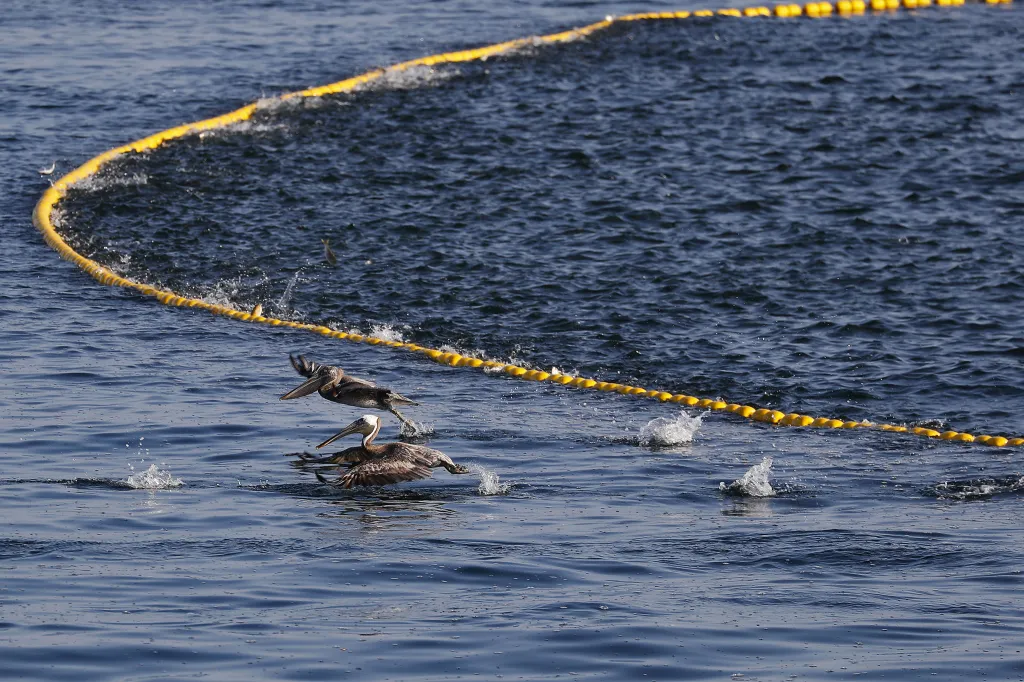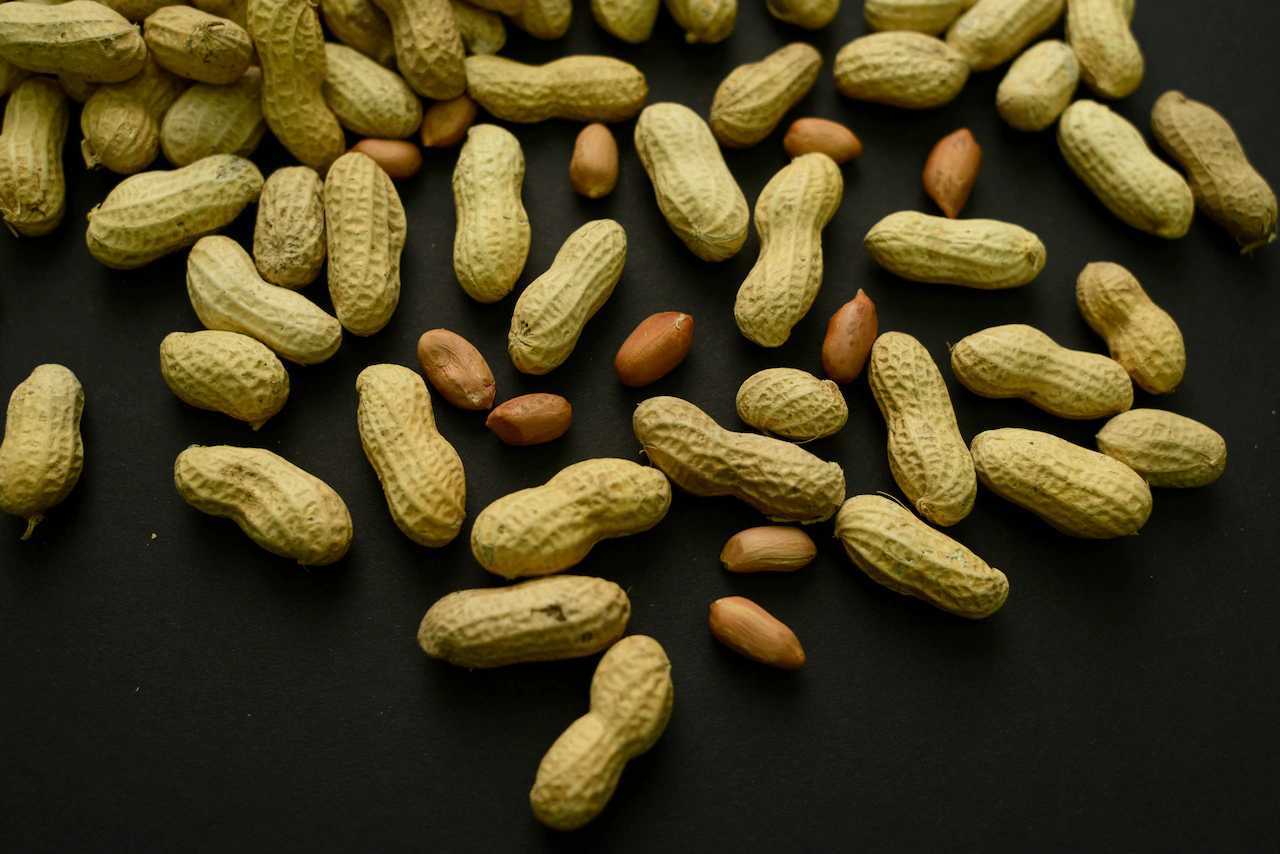Copyright Norfolk Virginian-Pilot

Environmental groups and large-scale fishing operations have sparred for years on how to manage Atlantic menhaden, a small but important fish in the East Coast ecosystem. Now, a regional regulatory body has made the decision to cut the amount of menhaden that can be caught next year. On Tuesday, the Atlantic States Fisheries Commission’s menhaden board voted 16-2 to reduce the amount of menhaden that can be caught by 20% in 2026. Virginia and Pennsylvania were the only two states opposed. The other 14 states, plus NOAA Fisheries and the US Fish and Wildlife Service, voted to approve. Hundreds of public comments were submitted on the issue, and there was considerable back-and-forth between environmental groups and fisheries. Members of the menhaden industry said the Chesapeake Bay Foundation had made “several inaccurate statements” about the industry after the foundation claimed that Omega Protein’s lobbying efforts were stalling menhaden research in Virginia. After about three hours of discussion, the states decided to cut 2026’s catch by 20%, and the board will revisit the amount in 2027 and 2028. For 2023-2025, the total allowable catch was 233,550 metric tons of menhaden. The new limit for 2026 is 186,840 metric tons. An initial proposal would have cut catches by 54%, but many board members said they felt that would create too much damage to the economics of the fishing industry. Board members in favor of 20% said the amount was a good start, and some said a phased approach (reducing the catch limit by about 18% each year until 2028) would reduce harm to businesses while also helping menhaden populations. However, those in opposition to the motion felt that the amount was too high. Joe Grist, deputy commissioner of the Virginia Marine Resources Commission and one of several delegates who represent Virginia on the Atlantic States menhaden board, said the socioeconomic impact from the cuts is too harsh. “We’re an economy that is, right now, kind of in weird state,” Grist told the other members of the board. “We don’t know what it’s going to be like next year, and this year has already been a rollercoaster as it is. Prices are still high. I just see this as a maneuver that would end up just socioeconomically, going to cost jobs. It’s going to cause an issue.” Environmentalists and the fishing industry have debated for years whether or not to have additional limitations on menhaden, a small, silvery, plankton-eating forage fish that serves as an important source of food for species in the Chesapeake Bay. Menhaden are also used for chum bait across the East Coast, and once processed, they can be used in many household products, like Omega-3 pills and cosmetics. Environmental groups like the Chesapeake Bay Foundation have argued that tighter restrictions are needed to curtail the decline of bay predators like striped bass and ospreys. After Tuesday’s decision, the foundation said the motion was “lackluster.” The foundation and other environmental groups had called for at least a 50% reduction in the days leading up to the board meeting. “This is nothing more than a performative nod to ecosystem-based fisheries management,” said Will Poston, forage campaign manager for the Chesapeake Bay Foundation. “The ASMFC failed to fully respond to the science, jeopardizing the ability of menhaden to fulfill their role in the food chain. This lack of meaningful action is not only risky for menhaden, but also the many fisheries and small businesses that depend on a thriving ecosystem.” Large-scale fisheries, however, have argued that there is no evidence that menhaden are overfished. The United Food and Commercial Workers Local 400 Union has also pushed back against stricter restrictions, claiming that the industry has provided safe and steady jobs for several generations in Virginia. The Menhaden Fisheries Coalition, a group of a collective of menhaden fishermen, related businesses and supporting industries, advocated for cuts of no more than 15%. “The Chesapeake Bay menhaden harvest cap has become a symbol of how fisheries policy can drift away from science with outside influence from special interest groups dictating management strategies,” the Menhaden Fisheries Coalition said in a statement. “The (Atlantic States Marine Fisheries Commission’s) own scientists have said for over a decade that there is no biological justification for this cap.” Last week, the Science Center for Marine Fisheries, a research arm of the National Science Foundation, announced it has funded a new project that will create a detailed roadmap for managing reduction fishery more effectively. Scientists on the project are from across the Mid-Atlantic, including the Virginia Institute of Marine Science, NOAA, Chesapeake Biological Laboratory and the University of Maryland Center for Environmental Science. The project will review the existing data on relevant issues such as Atlantic menhaden biomass, the movement of schooling fish in the open sea and the consumption of menhaden by Chesapeake Bay predators. Eliza Noe, eliza.noe@virginiamedia.com



